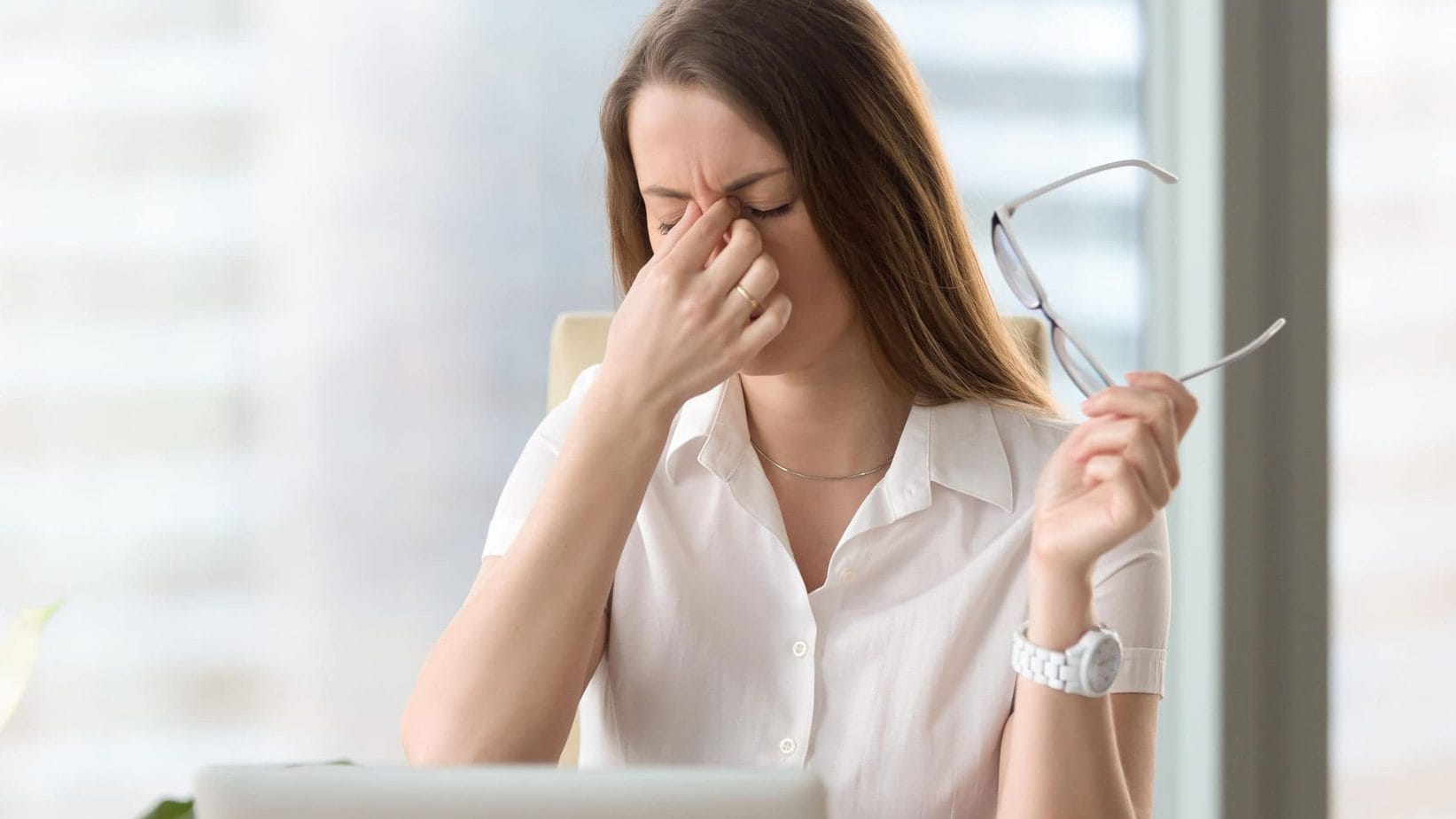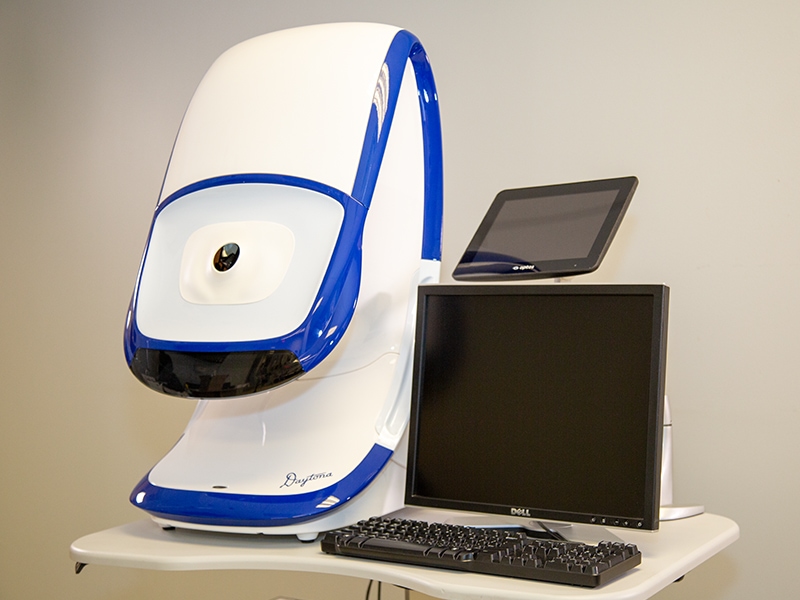What to Expect at Your Eye Exam ?
During your Eye Exam:
Preparing for Your Eye Exam:

What age should you have the first eye exam?
-
According to the American Optometric Association (AOA), infants should have their first comprehensive eye exam at 6 months of age.
Children then should have additional eye exams at age 3, and just before they enter the first grade — at about age 5 or 6.

Retinal Imaging With Latest Technology
optomap imaging takes less than 1/2 second,ultra-widefield technology delivers detailed 200º high resolution images in less than half a second. This technology can image pathology past the vortex vessels, helping your Optometry Find disease sooner and manage and treat it more effectively.
